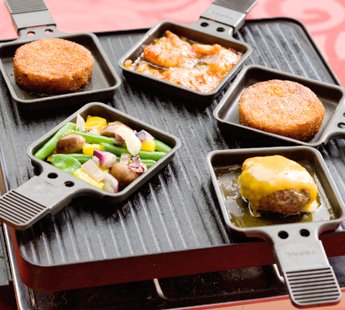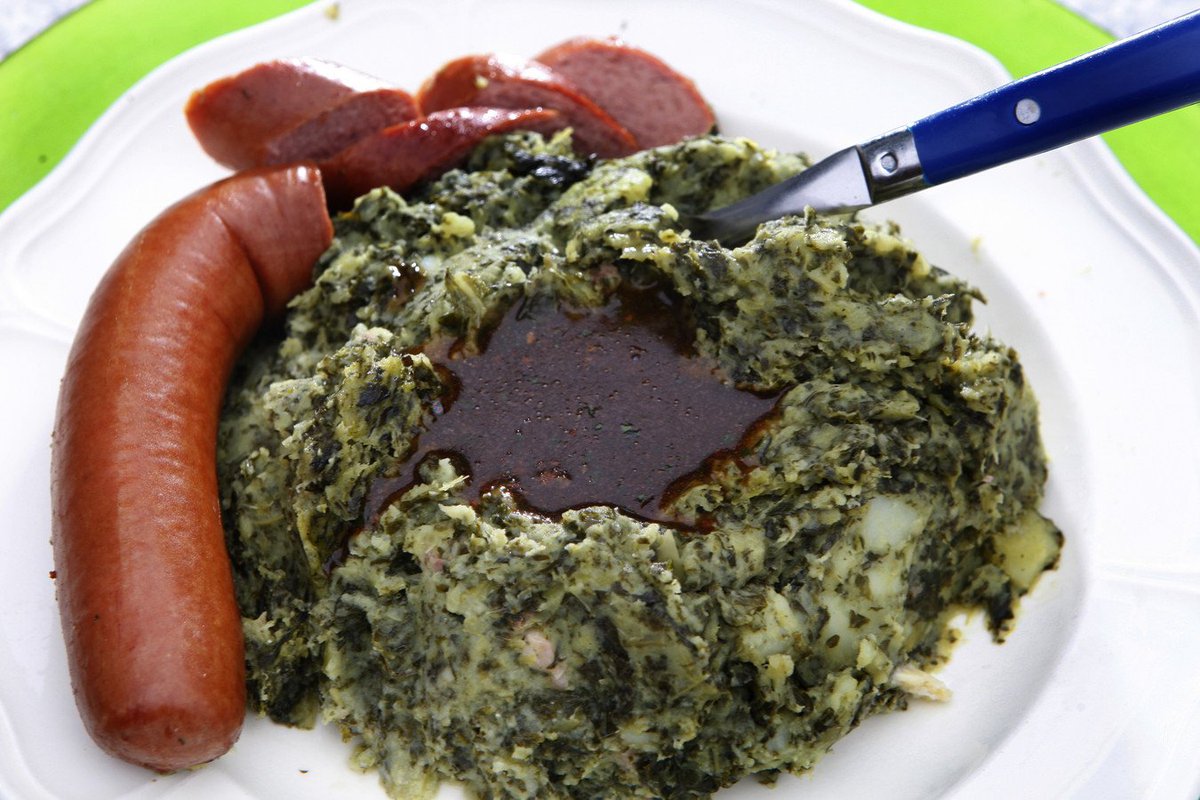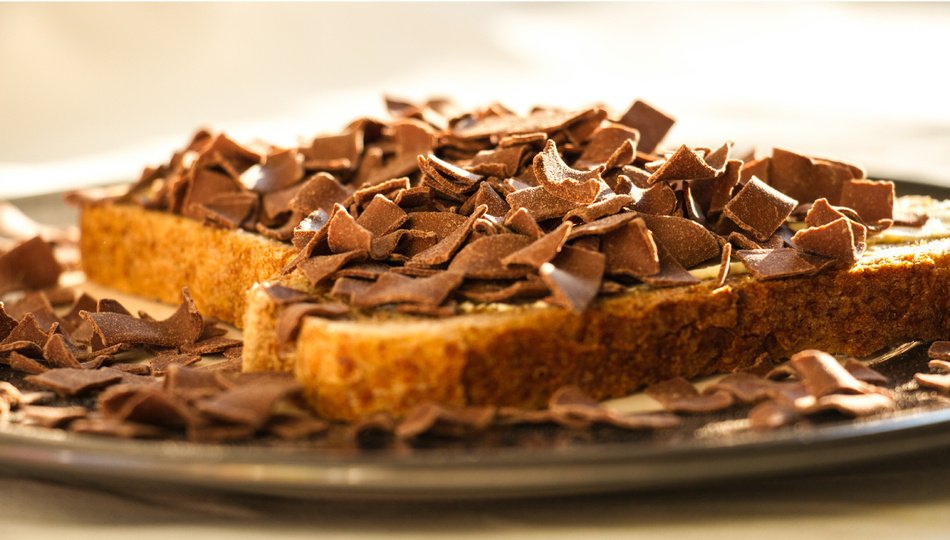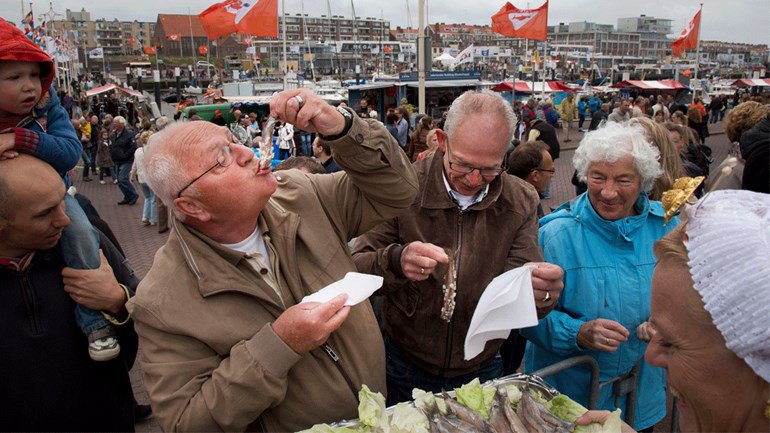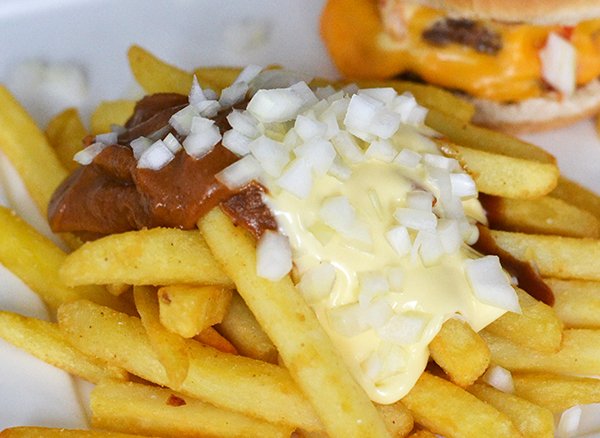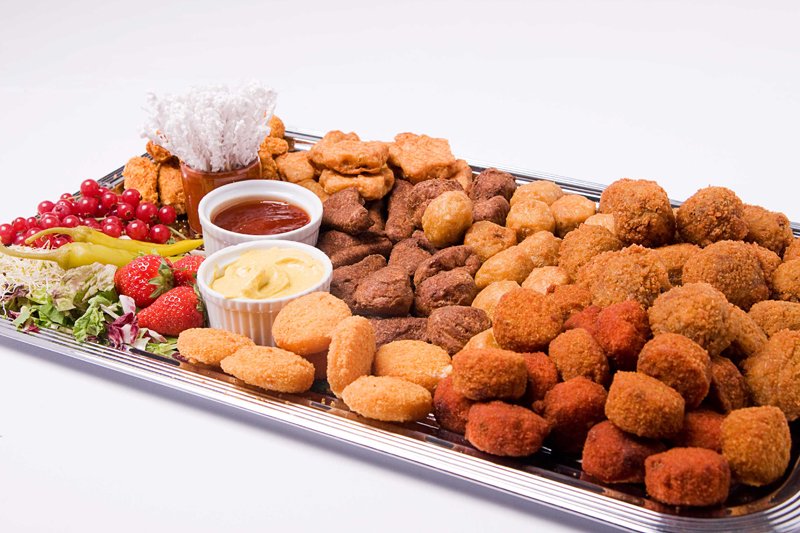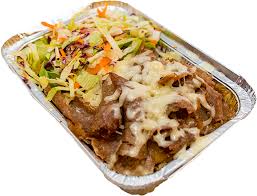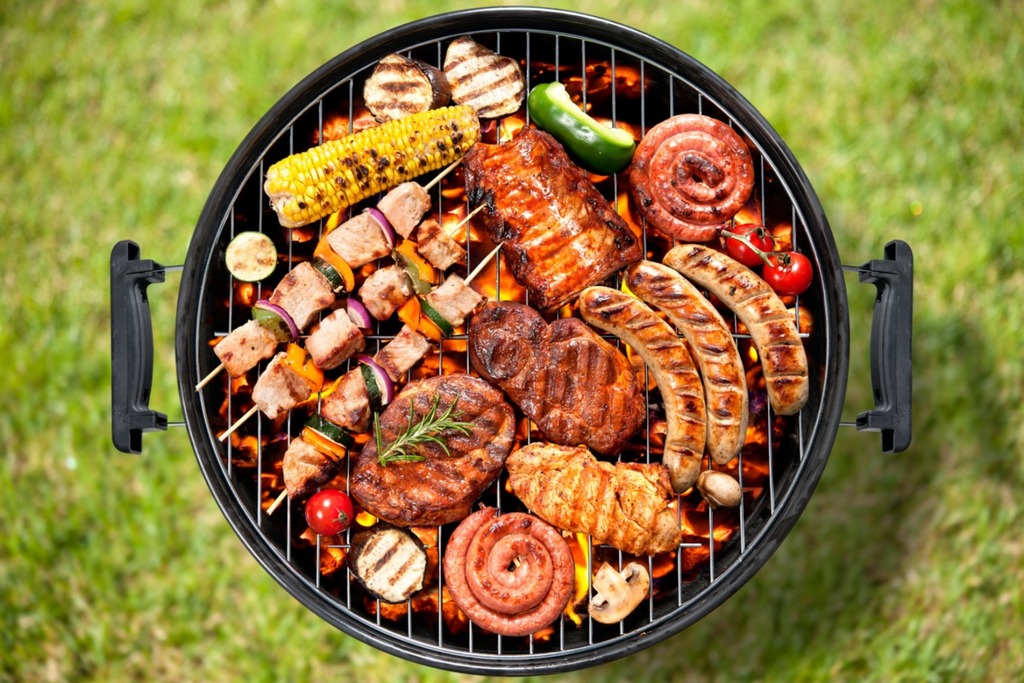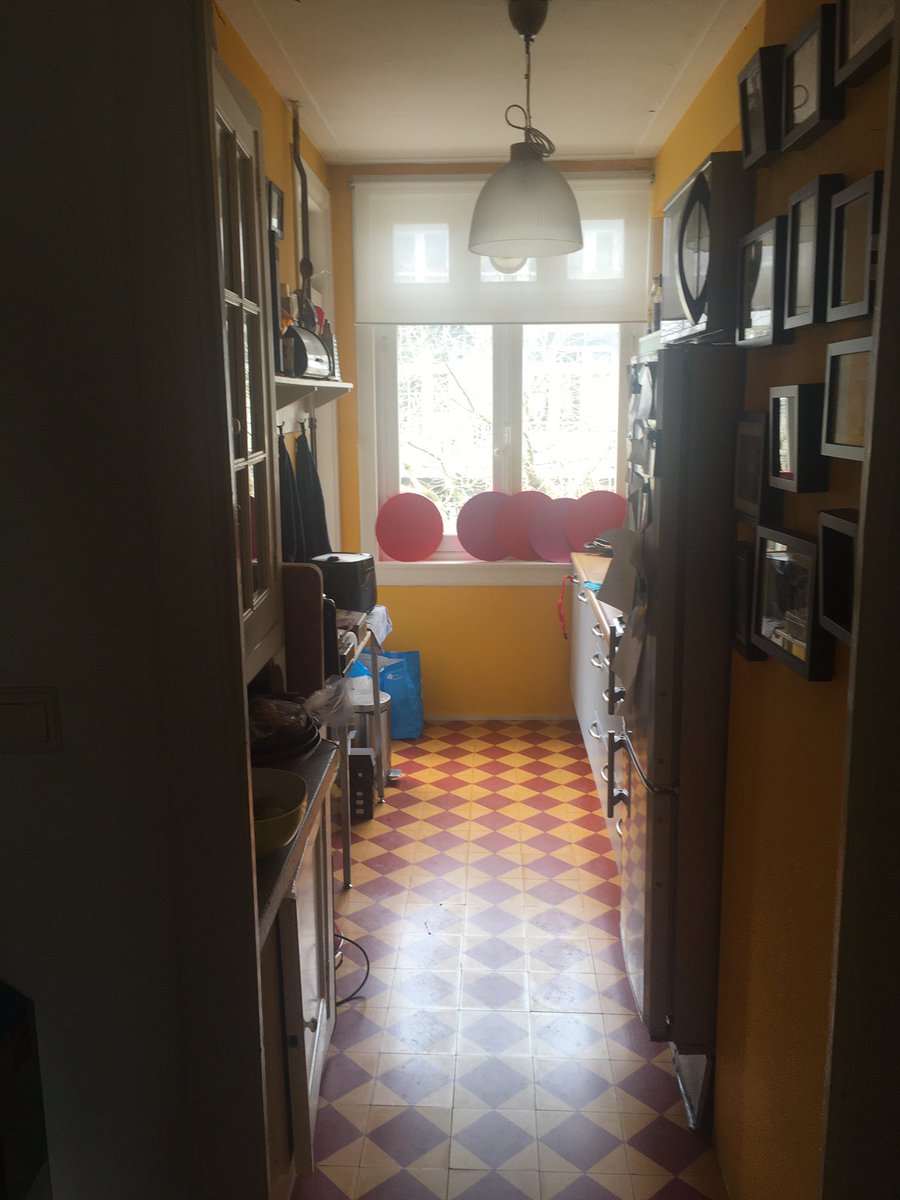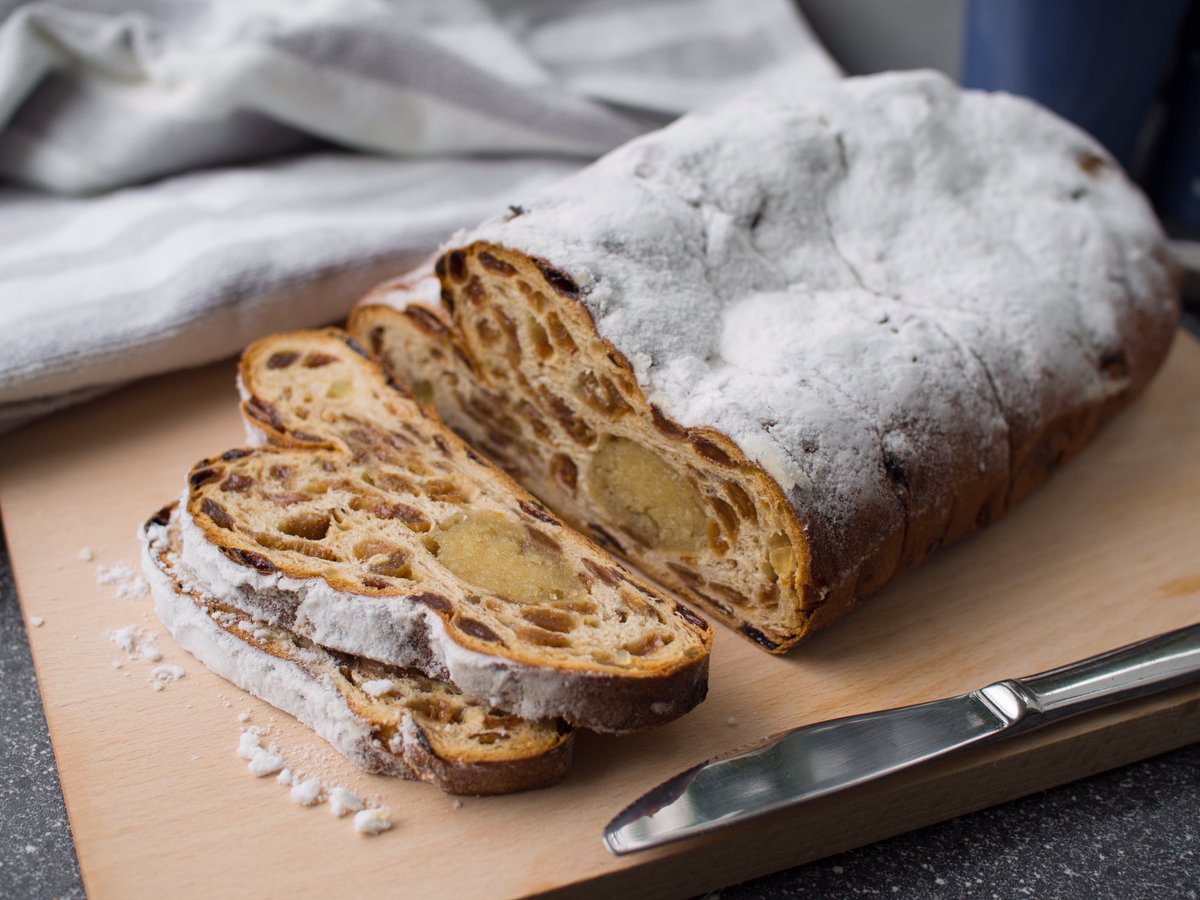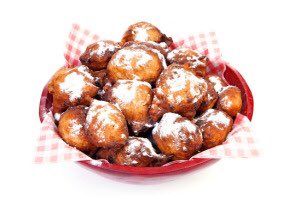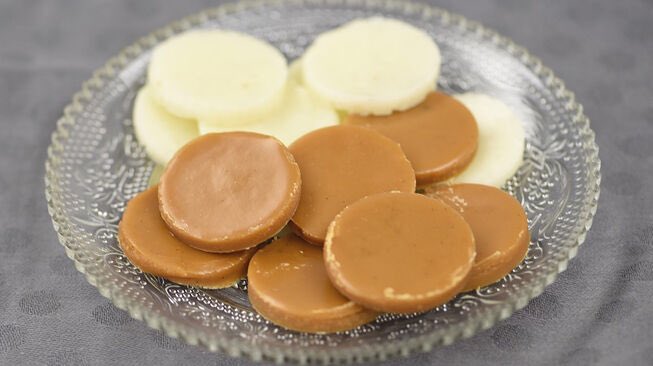Amsterdam kitchens are tiny, partly because most Dutch food is made on the floor, using an axe, a cudgel and a spade, which is used to scoop the meal into the pan. The work surfaces are just big enough for two drinks, a bowl of peanuts and the New Testament. https://twitter.com/sindivanzyl/status/976411124060053504">https://twitter.com/sindivanz...
Even outside their tiny kitchens, the Dutch are very fond of using tiny cooking utensils. Possibly because it makes them feel like giants, sitting down to a feast. This custom is — wholly inaptly, because the taste is foul — referred to as "gourmetten".
The Dutch invented "kale" because nothing else would grow in our godforsaken polders. But we don& #39;t call it "kale", we call it "kool", which is kooler than cool. We mix it with mashed potatoes, otherwise it tastes like plant-shaped fart, and we eat it with sausage made of skaters.
If you would like to know more about other Great Dutch Culinary Traditions, feel free to throw suggestions at me below.
Dutch people love eating chocolate sprinkles and flakes on buttered bread. This tradition arose as a practical solution for our butter and milk surplus, which was accompanied by a shitload of cow dung. Mix all these ingredients with a little cocoa and you get "choco-vlokken".
The Dutch eat their herring raw, because they know that fish is at its most tender just before it starts rotting. Dutch herring is served with raw onions and gherkin to mask the rotten scent as the fish passes your nose on its way down your throat.
The Dutch eat their chips with mayonnaise, because we were long ruled by the inventors of mayonnaise. If we& #39;d been ruled by the Romans, tomatoes would& #39;ve been introduced earlier and we might have preferred ketchup. War has always been a key ingredient, hence "patatje oorlog".
On Friday& #39;s the Dutch gather for a "borrel", which is like sundowners for people who never see the sun. After an hour of drinking, a tray of nondescript snacks is served, by which time no one cares what these snacks contain, as long as it& #39;s dead, dipped in batter and deep-fried.
"Kapsalon" is a Dutch dish combining the most unhealthy ingredients that various culinary cultures have to offer. A layer of French fries is topped with a layer of shawarma, topped with lettuce, heavily doused with garlic sauce and hot sauce, covered with molten cheese.
"Kapsalon" is Dutch for hairdressing salon or barbershop. Free free to share your thoughts on the origin of this name.
Dutch people are very fond of animals and they express this by barbecuing meat as badly as possible to ensure that people want to eat as few animals as possible. Dutch people will make a fire, wait for the flames to die down and will then put all the meat on the grill at once.
People in any other country will be horrified by the above picture, but most Dutch people will see nothing wrong, shrug and say: "Where are the sausjes?" Because all Dutch barbecue meat must be dipped in sauces, otherwise it is unfit for human consumption.
Sometimes Dutch people, upon hearing that I grew up in South Africa, will ask me to "save their barbecue", to which I invariably reply that I would& #39;ve had to start three days before, buying and marinating the meat in order to protect it from the horrors of their infernal Weber.
This is our kitchen in Amsterdam, which is little more than a passage to the balcony, cluttered with kitchen equipment and utensils. There is enough room in there to work side by side, if you’re into masochism and love doing what you’re told.
One of the great mysteries of Dutch cuisine is that our pirate ancestors colonised and pillaged the world, ostensibly to “corner the spice trade”, but somehow managed to avoid getting any spices into traditional dishes.
This is “kerststol” (Christmas clot) a traditional Dutch delicacy eaten at Christmas and Easter (“paasstol”). By law, the Dutch are only allowed to eat marzipan and powdered sugar between Christmas and Easter, otherwise their combined weight would cause the country to subside.
For a brief period around 1736, the transportation of any almond-based goods was punishable by death, which is when the Dutch began smuggling marzipan in their fruitcake. The marzipan bolus was hidden to one side to trick inspectors prodding their search stick into the cake.
These are “oliebollen” (oily balls), which are only eaten on New Year’s Eve when alcohol abuse has ensured that the Dutch have lost the last remnants of decorum and good taste. The balls are made by dropping a box into the canal and then mushing the wet cardboard up into balls...
...five or six raisins are jabbed into the cardboard, after which it is deep-fried and dusted with powder sugar to disguise the horror of the oily bolus that lurks beneath the snow. Once you have eaten the “oliebol” it immediately starts expanding, looking for the nearest exit.
“Borstplaat” (breastplate, tablet) is arguably the only tasty Dutch delicacy, which is why it is only available a couple of days a year. Traditionally, the Dutch set aside any sugar they saved by lying to guests that they didn’t have any, using it to make “borstplaat” in winter.
*Thanks to @gevoel for reminding me of this one.

 Read on Twitter
Read on Twitter